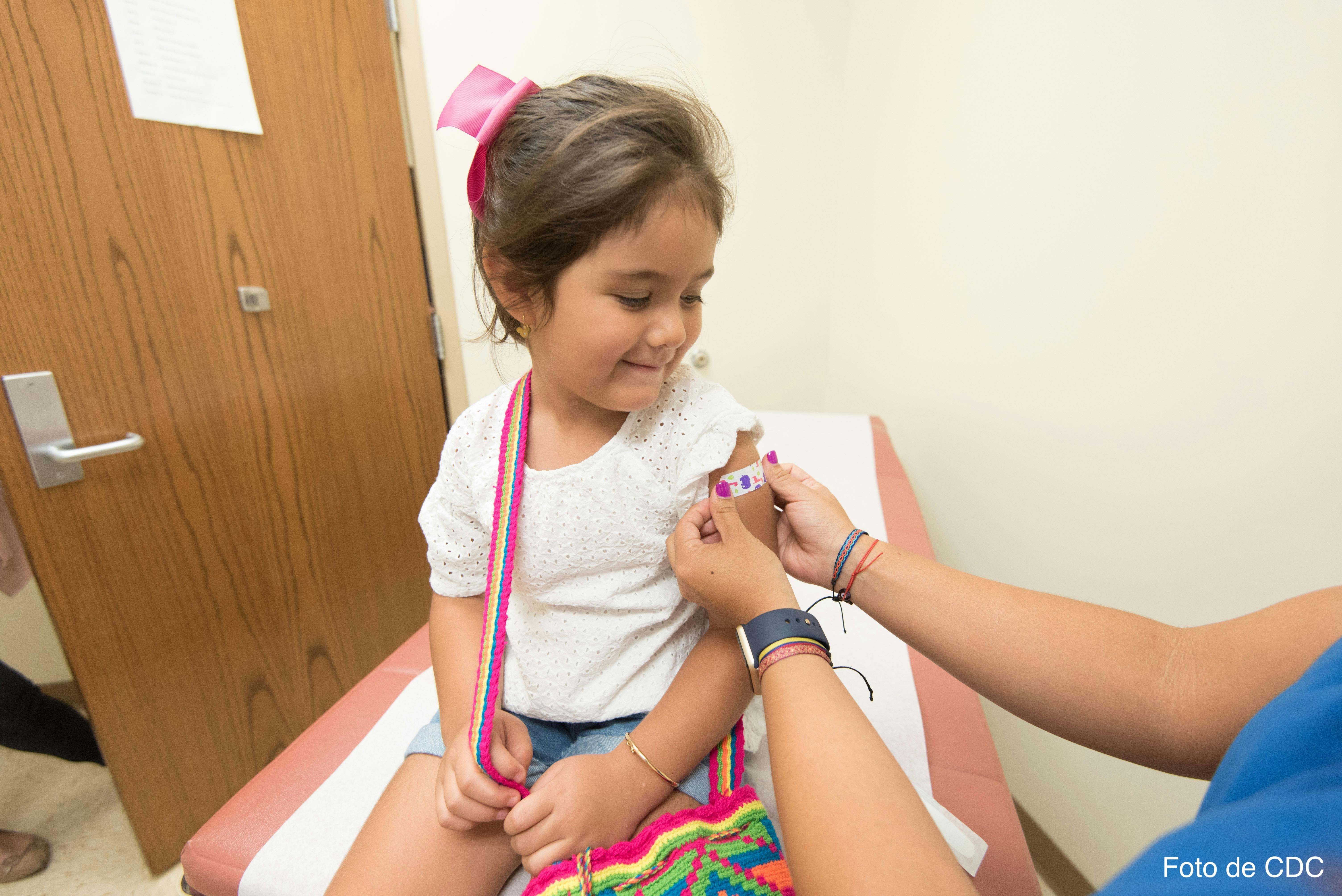Measles in Argentina: an old disease, a major challenge
Abstract
Measles is a viral disease, highly transmissible by respiratory route, with an R0 of 16-18, i.e. a person with measles can transmit the infection to 16 to 18 susceptible persons. It occurs in all age groups, being more severe in malnourished and immunocompromised children under 5 years of age. It can cause serious respiratory complications such as pneumonia, and central nervous system complications such as seizures, meningoencephalitis, blindness or post-infectious encephalomyelitis.
- It has been declared as an eliminable disease in the Americas, meaning the reduction to zero of the incidence of confirmed cases in the region, as a result of organized efforts, in this case vaccination, and the requirement of continuous measures to prevent the resurgence of transmission.
- In this context, the definition of a suspect case has been changed to a more sensitive one. Faced with a patient, we should not think of measles with all the clinical features that we have known in the past and have seen in some outbreaks or in historical descriptions, but a definition that allows us not to miss a single case (1).
Therefore, a suspected case is defined as any person with an acute febrile exanthematous presentation (regardless of vaccination status) or when the health care team thinks it may be measles. Then it is key to submit samples to the laboratory for serology, culture and genomic identification.
- In 1994, the countries established the joint goal of eliminating endemic measles transmission by the year 2000 through the implementation of surveillance and vaccination strategies recommended by the Pan American Health Organization. By 2002, endemic measles transmission in the Americas had ended, but it was decided to wait until it could be declared in conjunction with the elimination of rubella, which occurred in 2015. Measles outbreaks in Venezuela and Brazil delayed this process, but finally in 2024 the Americas region was again verified as measles-free, while maintaining the elimination of rubella and congenital rubella syndrome (2). The significant increase in cases in 2025, compared to previous years, puts this achievement at risk (Figure 1) (3).
- As of epidemiological week 8, 268 cases have been confirmed in Canada, the United States, Argentina and Mexico (4), including two deaths to date in the United States. As of March 7, 198 cases have been identified in the outbreak in Texas, United States, and 10 in New Mexico, reinforcing the need to intensify prevention, early detection and control strategies.
- In Argentina, as of the same date, eight cases of measles have been reported, six in the Autonomous City of Buenos Aires (Palermo) and two in the Province of Buenos Aires (Florencio Varela), pertaining so far to the same chain of transmission, but which already point to the possibility of community transmission (two imported cases of girls of Russian origin, co-primary cases). The B3 genotype, lineage MVs/ Buenos Aires.ARG/5.25, was identified in all eight cases.
- Given this scenario, PAHO urges countries to strengthen epidemiological surveillance and increase vaccination coverage, especially in high-risk populations. Measles can be prevented with vaccination. We have a vaccine of proven efficacy and safety, the MMR vaccine that prevents measles, rubella and mumps, but... how are we vaccinating and who are we vaccinating?
According to the latest available data for 2023, the country's coverage was 81.6 % for the first dose and 54.8 % for the second dose (Figure 2). However, this coverage is not homogeneous, with huge gaps between different districts and a worrying accumulation of susceptibility (5). Since the system in Argentina is nominalized, it was possible to add the delayed doses that were recovered to the coverage, which allows us to assert that by 2023 the final coverage reached 91.5 % for the first dose and 80.6 % for the second dose. This is also challenging, because the key aspect is the timing of the vaccination, so...how long were those children at risk?
The situation with respect to the second dose is also worrisome since, as measles is a respiratory-transmitted and highly contagious disease, at least 95 % coverage is needed in each region and the coverage of the second dose, above all, is far from this, in addition to the lack of homogeneity among provinces.
Low MMR coverage in large urban centers or border areas implies a high risk of reintroduction of measles and rubella in our country. As shown in the report by the Observatory of Childhood and Adolescence of the Argentine Society of Pediatrics, coverage during 2022 in the Central region was 79.1 % for the first dose and 84.3 % for the second dose. These coverages are far below what is necessary to prevent the spread of the outbreak in this currently affected region.
In August 2024, in light of the new data, the Argentine National Commission on Immunization (CoNaIn) recommended lowering the age of administration for the second dose and applying it in the second year of life, taking into account not only the low coverage but also the accumulation of susceptible cases between the two doses, which makes closing this gap necessary in view of the risk of an outbreak.
At present, in view of this epidemiological situation, the vaccination policy should be strict given the characteristics of the disease. An extra dose should be considered for children under one year of age and the second calendar dose should be administered in the second year of life, especially in the two affected regions, and, in the near future, the timing of vaccination should be changed in the national calendar for the whole country.
A joint effort of authorities, scientific societies, heads of immunization programs, educators and journalists, together with a very effective communication to the community, is key. Let’s take this challenge working as a team.
Downloads

Copyright (c) 2025 Ángela Gentile

This work is licensed under a Creative Commons Attribution-NonCommercial-ShareAlike 4.0 International License.





